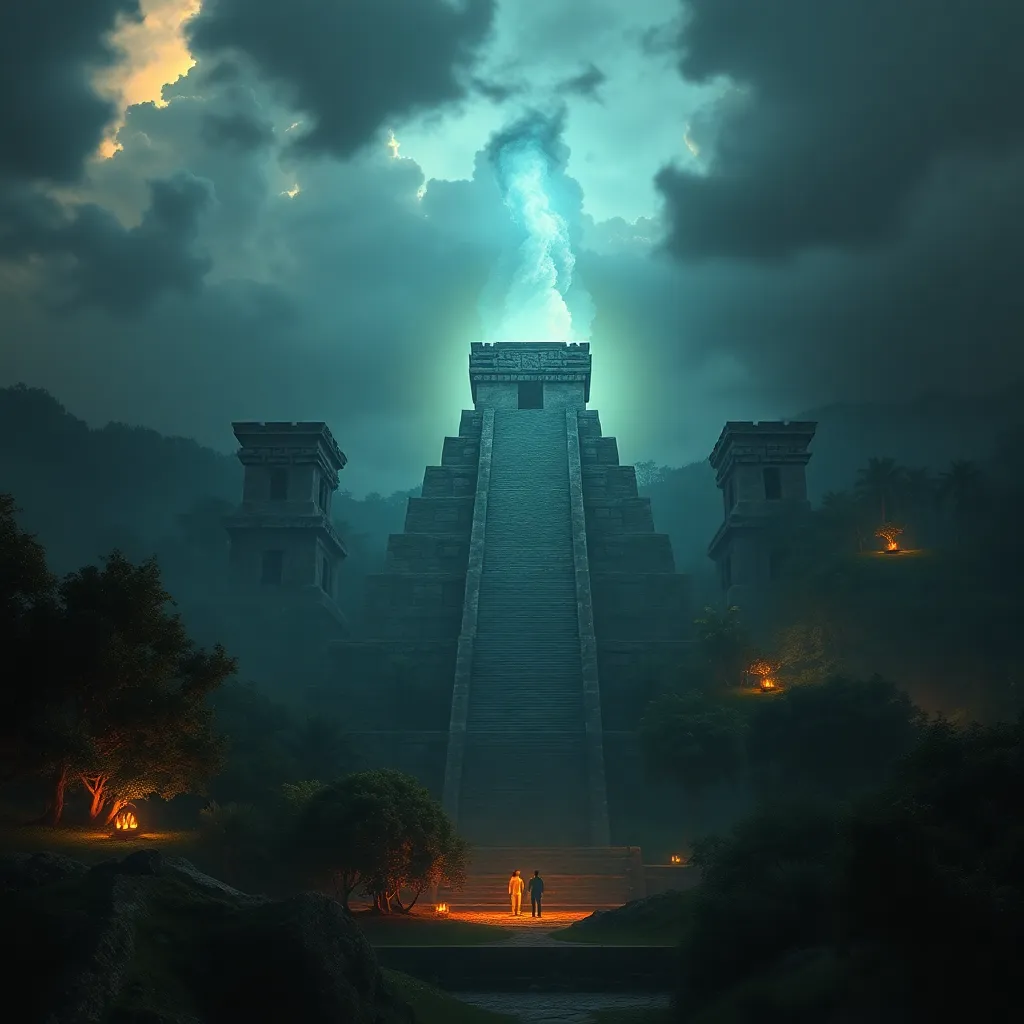The Yeti Myth: Evidence, Disproof, and the Enduring Mystery
I. Introduction
The Yeti, often referred to as the “Abominable Snowman,” is a legendary creature said to inhabit the Himalayan mountains. Described as a large, ape-like being, the Yeti has captured the imagination of cultures for centuries. Its cultural significance is deeply rooted in Himalayan folklore, where it is often depicted as a guardian of the mountains or a symbol of the wild and untamed nature.
The purpose of this article is to explore the evidence surrounding the Yeti, examine the arguments that seek to disprove its existence, and delve into the ongoing fascination with this enigmatic figure. By understanding the Yeti, we can gain insights into human curiosity and the nature of myth itself.
II. Historical Background of the Yeti Legend
The origins of the Yeti myth can be traced back to the indigenous cultures of the Himalayas. Local communities have long shared stories of a mysterious creature living in the snowy peaks, often attributing various powers and characteristics to it. These tales have been passed down through generations, evolving with each retelling.
Notable sightings of the Yeti date back to the early 20th century, with reports from explorers and mountaineers who claimed to have encountered the creature. One significant moment was the 1951 expedition of Eric Shipton, who photographed what appeared to be large footprints in the snow. This evidence sparked international interest and led to a flurry of expeditions aimed at uncovering the truth behind the Yeti.
The influence of Western exploration played a crucial role in shaping the Yeti narrative. As Westerners began to explore the Himalayas, they brought back tales of the mysterious creature, blending local folklore with their own cultural narratives. This cross-cultural exchange helped solidify the Yeti’s place in global mythology.
III. Evidence Supporting the Existence of the Yeti
Supporters of the Yeti’s existence often cite various forms of evidence, including anecdotal accounts, photographic evidence, and physical traces.
- Anecdotal accounts and eyewitness testimonies: Numerous individuals claim to have seen the Yeti or encountered its signs, including local villagers and climbers.
- Photographic and video evidence: Over the years, several blurry photographs and videos have surfaced, purporting to show the creature in its natural habitat.
- Physical evidence: Reports of large footprints, sometimes exceeding 24 inches in length, and hair samples that are attributed to the Yeti have also been collected.
IV. Scientific Investigations and Their Findings
Scientific investigations into the Yeti phenomenon have been conducted, with varying results. Significant expeditions have sought to gather evidence and analyze samples attributed to the creature.
- Overview of significant expeditions and studies: Expeditions led by researchers like Dr. Brian Sykes have aimed to collect genetic samples from purported Yeti remains.
- Genetic analysis of purported Yeti samples: In 2017, a study published by Dr. Sykes revealed that hair samples previously thought to belong to the Yeti actually originated from known animals, such as bears and goats.
- Findings from anthropologists and zoologists: Many scientists argue that the evidence supporting the existence of the Yeti is insufficient and point to the lack of concrete biological evidence.
V. Disproving the Yeti Myth
While the Yeti captures the imagination, many skeptics argue against its existence, offering alternative explanations for reported sightings and evidence.
- Skeptical perspectives and alternative explanations: Critics suggest that many Yeti sightings can be attributed to misidentifications of known animals, such as bears or large primates.
- Hoaxes and misidentifications of known animals: Some Yeti evidence, including photographs and footprints, have been revealed as hoaxes or the result of deliberate fabrication.
- The role of media in perpetuating the Yeti myth: The sensationalism of the media has contributed to the Yeti’s legendary status, often prioritizing intrigue over scientific accuracy.
VI. The Psychology of Myth and Legend
The enduring nature of myths like the Yeti can be attributed to several psychological factors. Humans are drawn to the unknown, and the allure of cryptids offers a glimpse into the mysteries of our world.
- Why myths like the Yeti endure in human culture: Myths often fulfill a psychological need for wonder and excitement, allowing people to explore the boundaries of reality.
- The appeal of cryptids and the unknown: The possibility of undiscovered creatures fuels curiosity and invites exploration beyond the familiar.
- Psychological factors contributing to belief in the Yeti: Cognitive biases, such as confirmation bias, lead individuals to interpret evidence in a way that supports their beliefs.
VII. The Yeti in Popular Culture
The Yeti has made significant inroads into popular culture, becoming a symbol of adventure and the unexplained. Its representation can be seen across various mediums.
- Representation in film, literature, and art: The Yeti has appeared in numerous films and books, often depicted as both a fearsome monster and a misunderstood creature.
- The Yeti as a symbol of adventure and the unexplained: The creature embodies the thrill of exploration and the human desire to uncover hidden truths.
- Impact of the Yeti on tourism and local economies in the Himalayas: The legend of the Yeti attracts tourists to the region, providing economic benefits to local communities through eco-tourism and guided expeditions.
VIII. Conclusion
In summary, the quest for evidence regarding the Yeti reflects a broader human fascination with the unknown. While many claims supporting the Yeti’s existence have been discredited, the mystery surrounding this creature continues to captivate imaginations worldwide.
The enduring mystery of the Yeti serves as a reminder of the complexities of myth and reality. It challenges us to consider the balance between skepticism and belief, as well as the importance of curiosity in our exploration of the world around us. Ultimately, the Yeti stands as a powerful symbol of the human spirit’s unyielding quest for knowledge and understanding.



